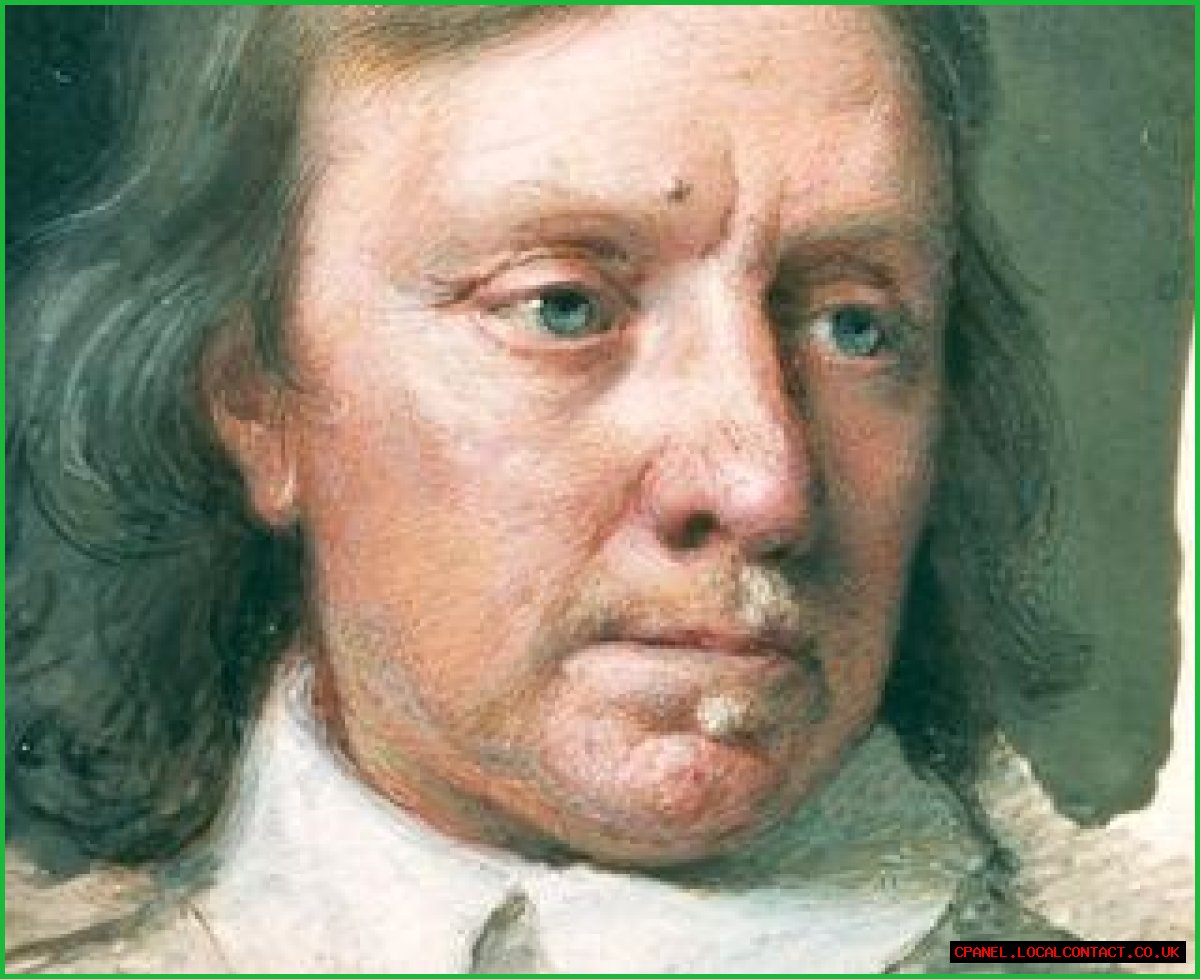Why did Oliver Cromwell say warts and all?
This phrase ‘warts and all’ is said to derive from Oliver Cromwell’s instructions to the painter Sir Peter Lely, when commissioning a painting. Cromwell did have a preference for being portrayed as a gentleman of military bearing, but was well-known as being opposed to all forms of personal vanity.
Did Oliver Cromwell say warts and all?
The origin of this idiom is often attributed to Oliver Cromwell, who was Lord Protector of the Commonwealth of England, Scotland, and Ireland in the 1600s. It is said that when it came time for the artist Sir Peter Lely to paint his portrait, Cromwell told him to render his likeness “warts and all“.
Did Oliver Cromwell have warts on his face?
The exhibition features several seventeenth-century miniature paintings, mainly by Samuel Cooper, who famously painted Cromwell with the prominent wart on his forehead, credited as “Britain’s first internationally celebrated artist”.
👉 For more insights, check out this resource.
What does I love you warts and all mean?
phrase [PHRASE after verb, PHRASE noun] If you describe someone or accept them warts and all, you describe them or accept them as they are, including all their faults. Lyn loves him warts and all.
👉 Discover more in this in-depth guide.
Who painted warts and all?
Peter Lely The Cromwell is best known from a full-size version painted by Peter Lely, where the wart appears as a mere smudge over the Lord Protector’s right eyebrow.
What do warts and all mean?
If you describe someone or accept them warts and all, you describe them or accept them as they are, including all their faults. Lyn loves him warts and all. He gives us a portrait of the real Gandhi, warts and all.
What was cromwells role in the Civil War?
Lieutenant-General Oliver Cromwell was a Parliamentary commander during the British Civil Wars and later became Lord Protector. A natural cavalry leader, he played a vital role in Parliament’s victories at the Battles of Marston Moor and Naseby, before leading successful campaigns in Ireland and Scotland.
Who painted Cromwell warts and all?
How do I get to Cromwell Road?
Take the exit onto Earls Court Road then take Hogarth Road or Kenway Road (opposite the station) to reach Cromwell Road. Step free access is available from Earls Court station. Gloucester Road station (Circle and District Lines).
Who was Lord Cromwell?
Cromwell was a highly visible and volatile member of parliament from 1640-2 and whenever he took his seat in between military campaigns.
Why did Cromwell want to leave the church?
For Cromwell had been converted to a strong puritan faith, and he found living within a church still full of ‘popish’ ceremonies unbearable. He yearned to be where the gospel was proclaimed and preached unadorned.
How do I get to Cromwell Road from Earl’s Court station?
Although we are not in the congestion zone, you may have to cross the London congestion charging zone to reach Earl’s Court station (District and Piccadilly lines). Take the exit onto Earls Court Road then take Hogarth Road or Kenway Road (opposite the station) to reach Cromwell Road.
